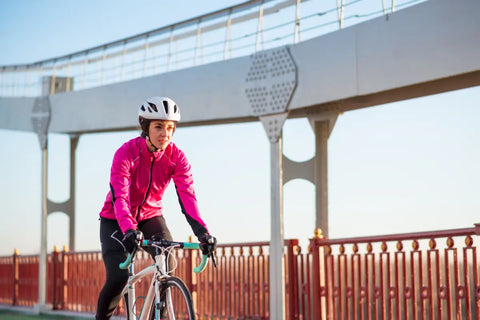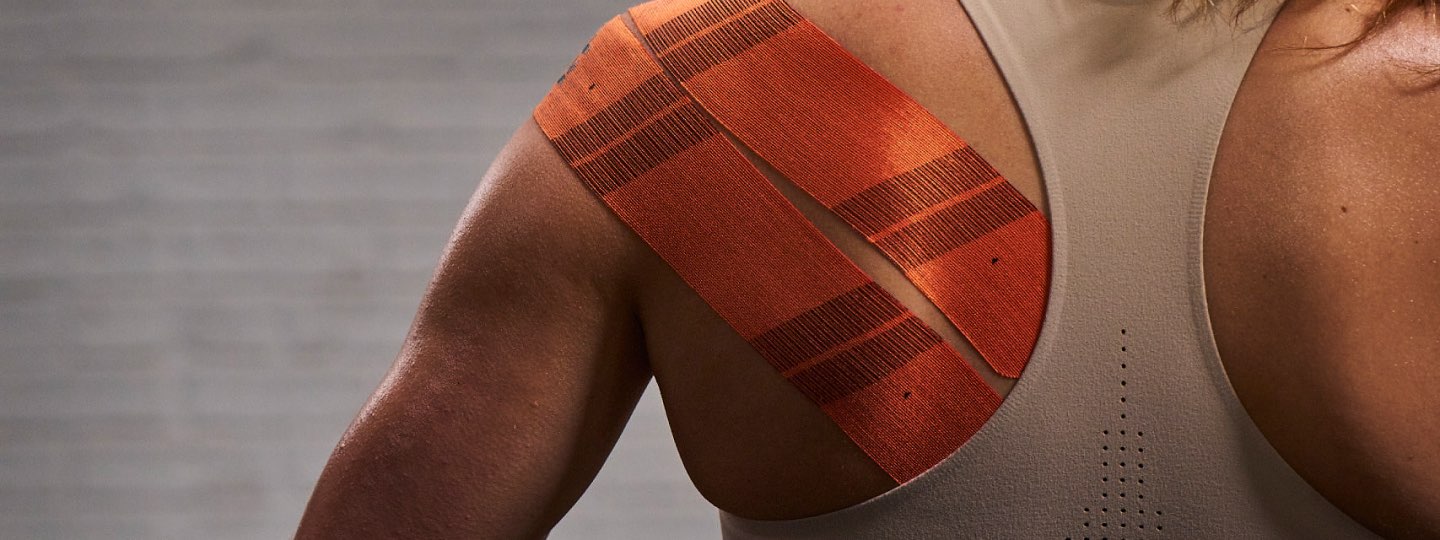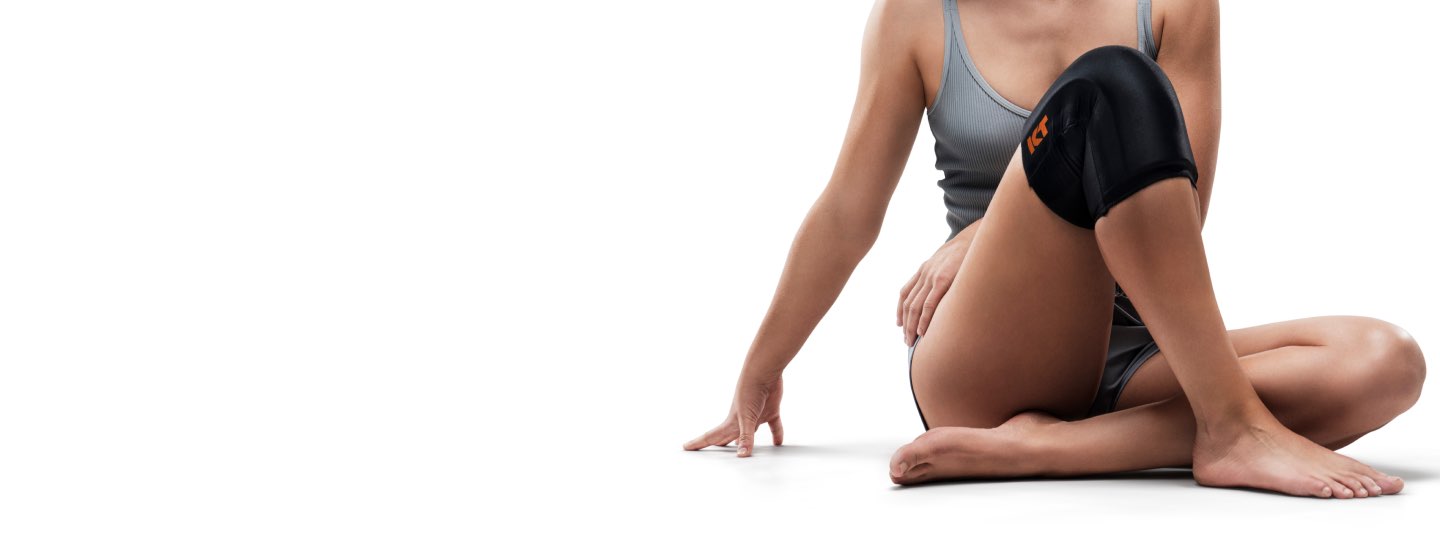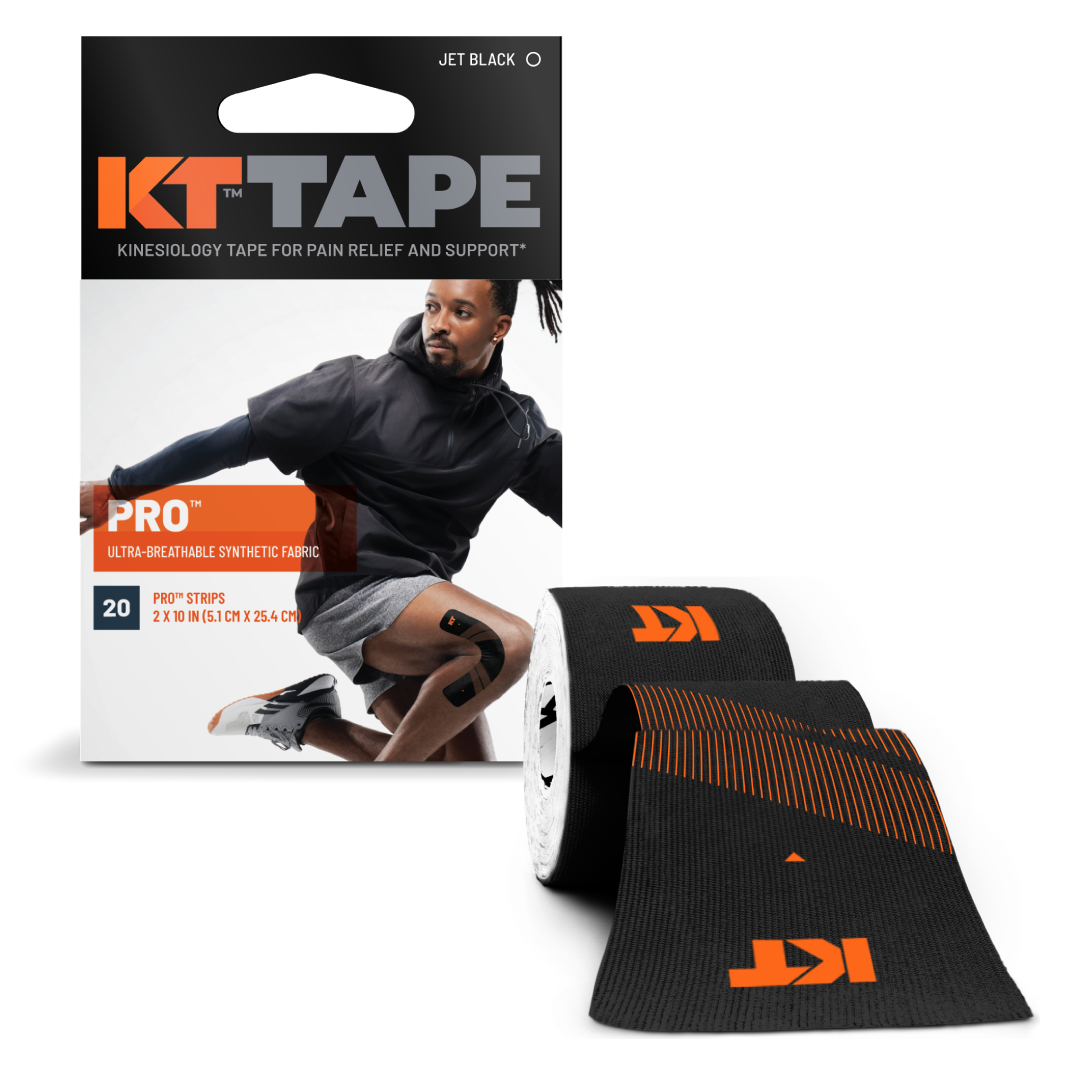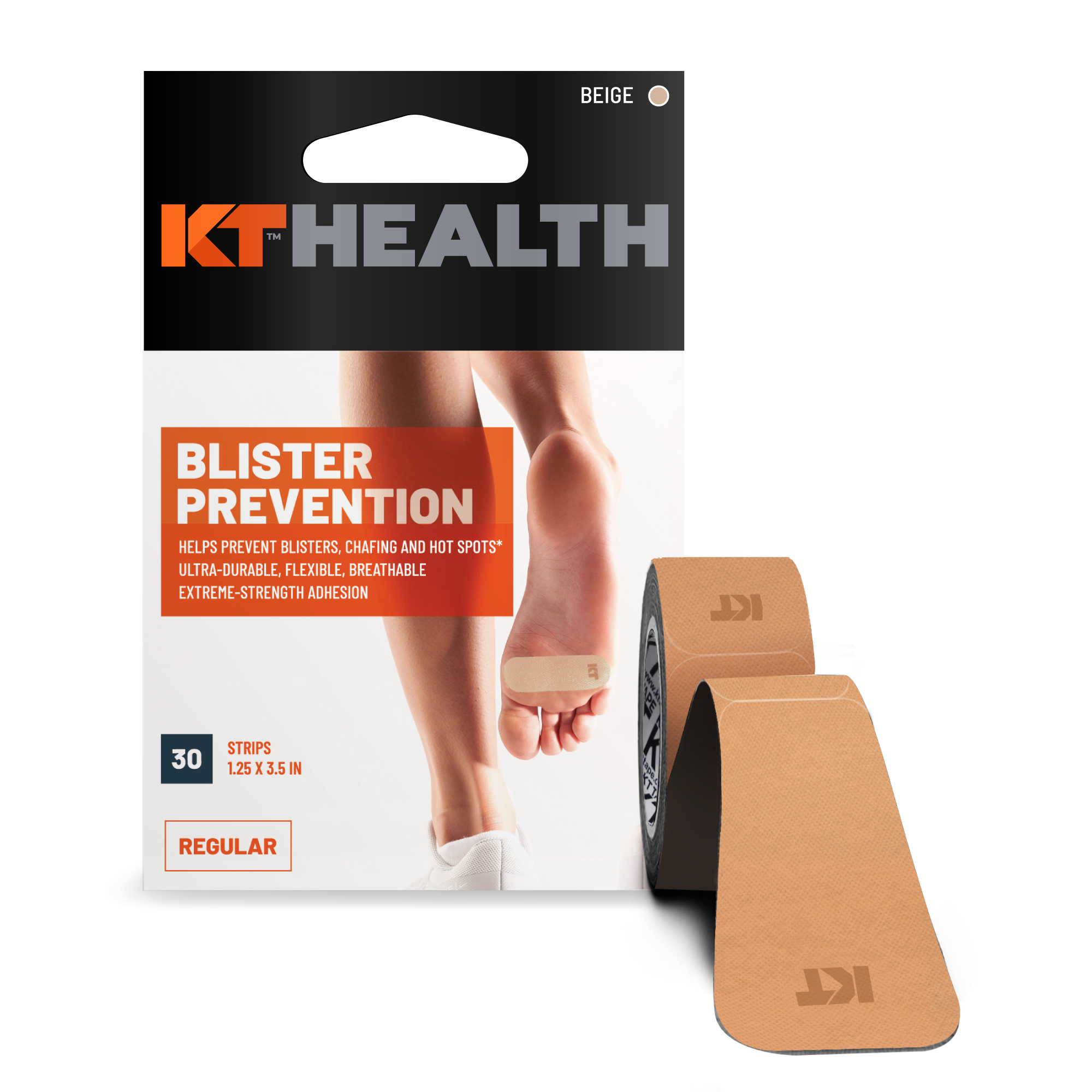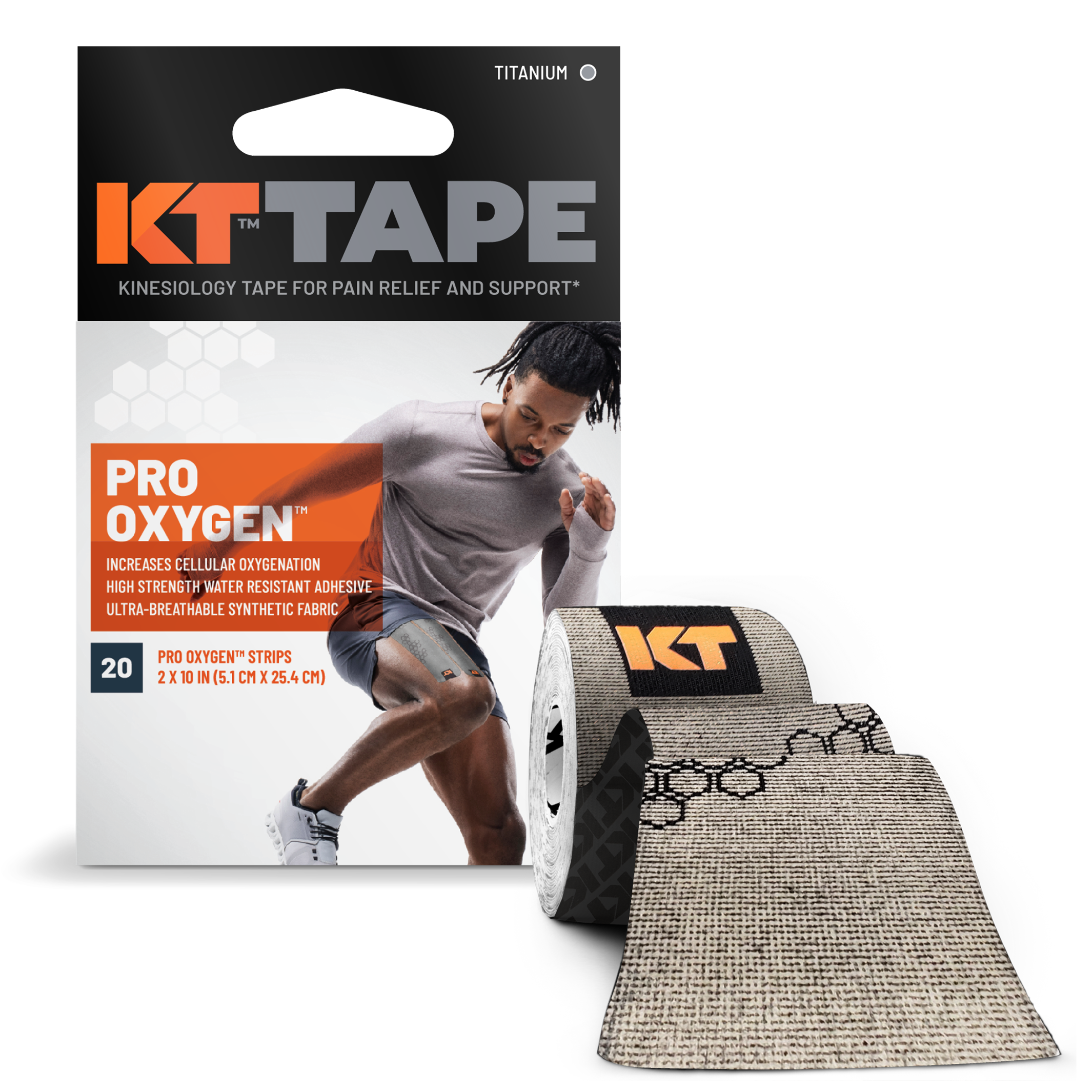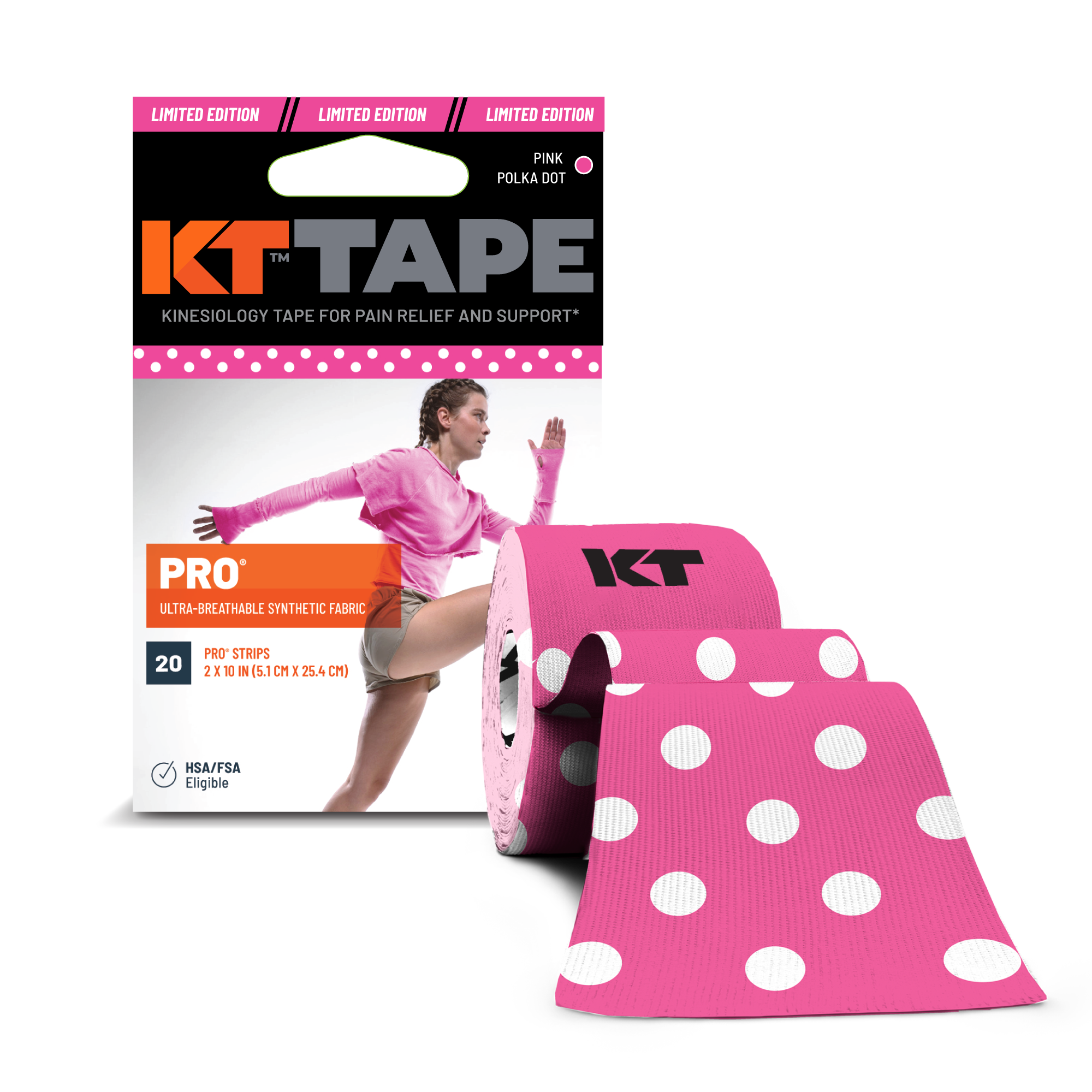MARCH 02, 2010
KT Tape Athlete and three-time 24hr World Solo Mountain Bike Champion Rebecca Rusch, is one tough lady. In fact, she's known as "The Queen of Pain." But even Rebecca admits that she doesn't always feel motivated to train outdoors in the wintertime. So, when we asked her about how to ride in the coldest months, she suggested we check out an article by Nick White in Triathlon Magazine. It's called "Embrace the Season: 5 Tips for Winter Cycling."
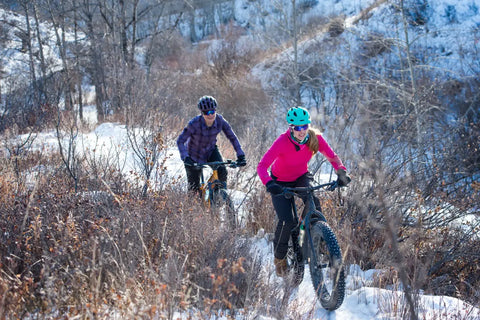
This is some great advice on how to stay off the trainer and get outside on your bike all year long.
- Dress for the Occasion - Obviously a "duh" statement, but dressing appropriately will make or break any cold weather ride. Layering clothing is the most effective way to combat cold and wet conditions and rapidly changing temperatures. Three layers tend to work best in winter conditions: Start with a snug base layer made from a wicking material, such as polypropylene, wool, silk, or a synthetic product such as Thinsulate. This layer will help move moisture away from your skin quickly to reduce the evaporative cooling effect that sweating has on your body. Your second layer is your insulator; it should be slightly looser than your base layer to trap air near the skin. This trapped air is warmed by your body and remains there to help keep you warm. The insulating layer can be made of a variety of materials depending on weather conditions: synthetics, wool, fleece and down all work well. Finally, choose an outer shell that incorporates a wind-blocking and water-resistant material. Your extremities regulate temperature poorly, which is why hands and feet are often the first to get cold; thus, they need some special attention. A variety of different thicknesses and types of gloves, booties, toe-covers and arm and leg warmers may be necessary to accommodate all weather conditions. As you know, an uncovered head is a big source of heat loss. Wear an insulated skullcap underneath your helmet.
- Warm Up from the Inside Out - While an appropriate warm-up is important year-round, warming up is especially vital in cold weather. Muscles, tendons and ligaments need significant blood supply to function properly; however, cold temperatures have a constricting effect on your vessels and arteries, which can limit the flow of blood to the areas that need it. Your winter warm-up should be a little longer than normal in order to give those tissues enough time to heat up and receive adequate blood flow. If you normally spend 15 minutes warming up, boost that to 20 to 25 minutes.
- Feed your Body - No matter how appropriately you dress, your body is still going to have to work harder than usual to maintain its core temperature. This means greater energy expenditure to perform the same amount of work. This increased energy expenditure means you're going to bonk sooner than you would in warmer conditions if you don't take in adequate calories. Make sure you're taking in 30 to 60 grams of carbohydrate per hour for any ride over one hour. It's also common for athletes to think that drinking fluids isn't as important as at other times of the year. However, if you're dressed appropriately, you're probably sweating nearly as much as you did last summer. Be sure to maintain adequate hydration while on the bike: one to two bottles per hour is a good place to start.
- Weatherproof Your Bike - Winter doesn't just bring cold weather; it also brings sloppy conditions. This means that your trusty ride is going to take a bit of a beating from snow, ice, salt and sand. Corroded chains and cables are very common and can lead to poor shifting and braking. Check them often and replace as needed. Fenders will also help direct water and corrosive materials away from your bike. A regular bike-washing session can keep things running smoothly, possibly saving you money if you don't have to replace your drive-train. Save your skinny, lightweight tires for the spring; invest in a heavy duty set of tires that will outlast winter road conditions.
- Safety First - When the roads are snow- or ice-covered, a mountain or cyclocross bike may give you a little more stability than your road bike. If conditions are particularly nasty, studded tires (from companies such as Schwalbe and Nokian) can give you the traction you need. Along with adverse weather conditions, winter also means less daylight. A set of lights for both the front and rear of your bike can help you extend your available riding time and keep you safer. Finally, as always, be a defensive rider in traffic. Drivers may not be expecting to see a cyclist on the road in the winter, and road conditions can affect their control as much as yours.
